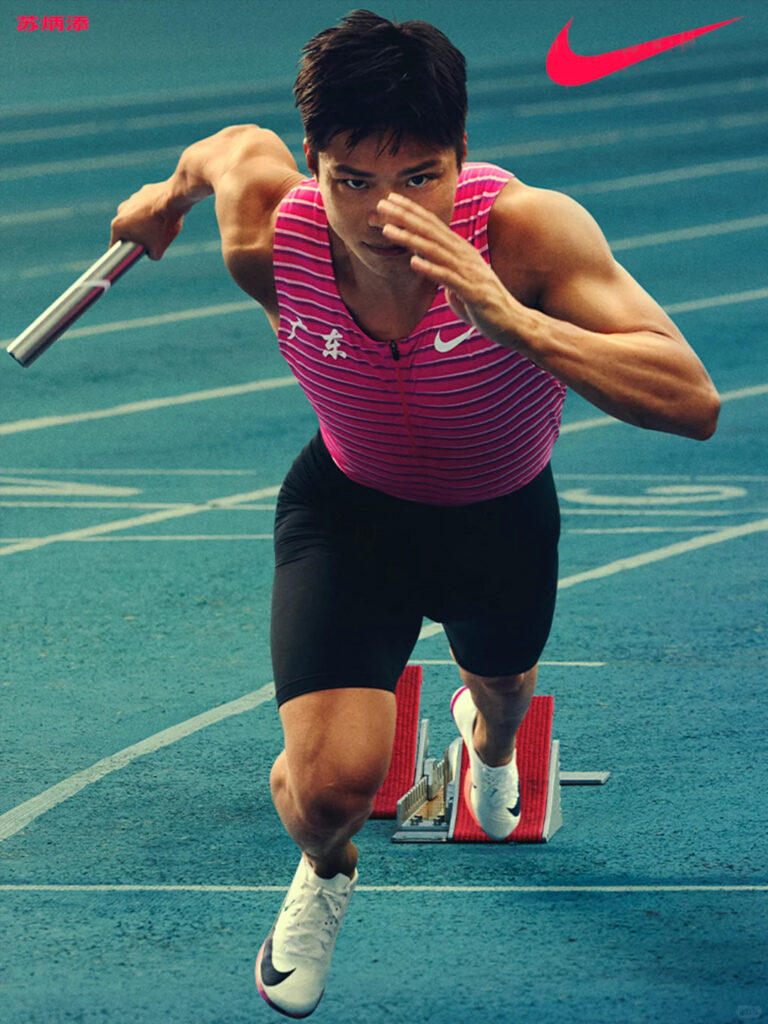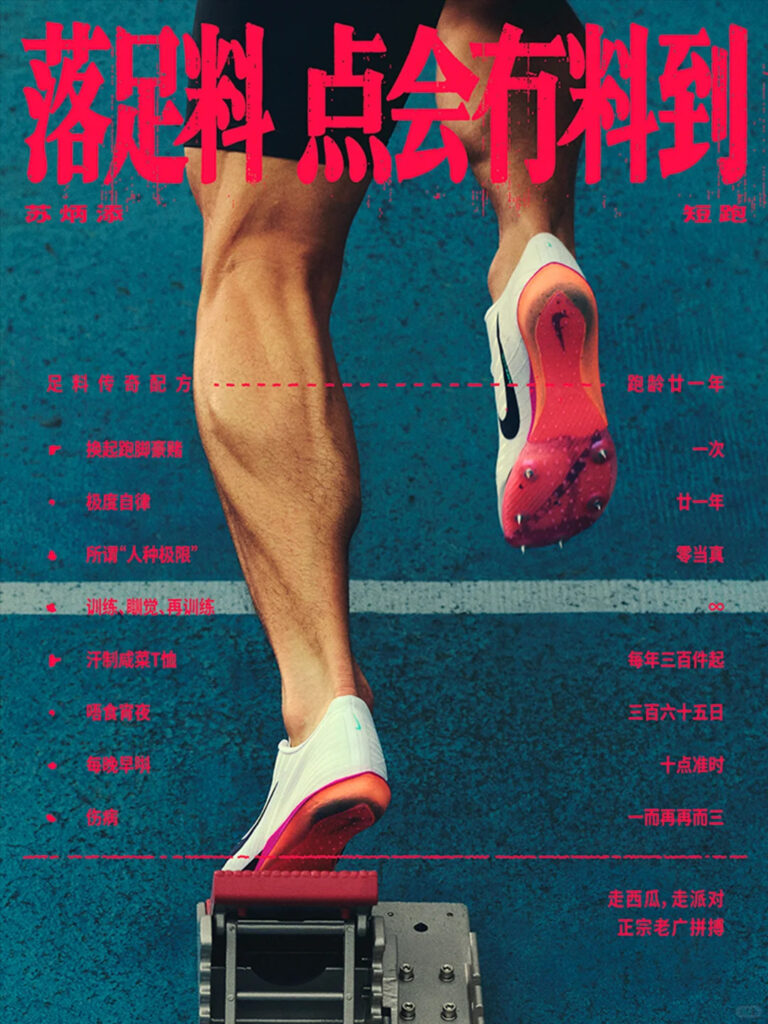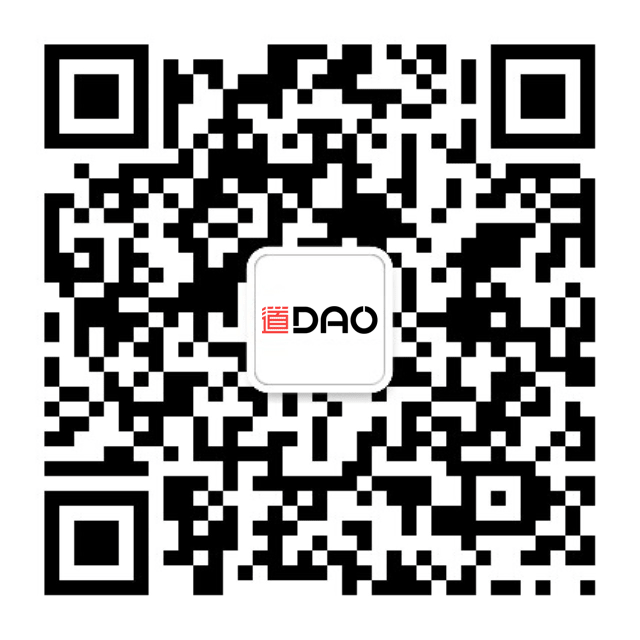When Heinz (亨氏) turned up at the 2025 National Games (中华人民共和国第十五届运动会) in Guangzhou, the brand didn’t arrive with celebrity endorsements, large-format stunts or AI-powered gimmicks. It arrived with tomatoes. A tiny idea, almost comically simple. But in a cluttered, hyper-optimised ad environment like Guangzhou’s metro system, it landed as a breath of fresh air.
The posters invited viewers to see athletic form in the green tops of tomatoes, stalks twisted like a sprinter in mid-drive, a diver mid-twist, a weightlifter bracing for the clean. All it asked of commuters was one glance – a one-second idea with a one-second payoff.

And yet the campaign has received an inordinate amount of online attention. Posts hashtagged with the campaign’s tagline 想赢的番茄都在亨氏 (Every tomato that wants to win is in Heinz) are sweeping up thousands of views on social media with comments praising the simplicity and creativity of the ad.
The spark

The campaign’s spread followed the same logic as its design: fast, intuitive, frictionless. The images popped on Xiaohongshu and Weibo precisely because they didn’t require explanation. Users reposted the posters with comments like ‘Brilliant – a creative idea that actually thinks, bringing quality back instead of just chasing traffic.’ and ‘Awesome! It’s been so long since I’ve seen such good local creative [campaign]. I got so excited I ordered three bottles of Heinz ketchup.’
China’s out-of-home ad landscape has become dominated by AI-assisted rapid production and potent doses of instant-grab aesthetics. In that environment the Heinz posters felt almost rebellious. The delicate, analogue moment cut through precisely because it resisted the dominant aesthetic of 2025.
Heinz in Guangzhou: The cultural moment
Heinz has long been working to shift itself from a Western condiment brand to a Chinese cooking companion. This campaign sharpened that pivot in an unexpectedly local way.
In Guangdong, ingredients matter. The province’s culinary culture is built on the belief that flavour follows quality ingredients, in much the same way that athletic greatness follows training. By treating tomato stalks as ingredients of athletic prowess, the campaign tapped up a deep Cantonese sensibility: respect for raw ingredients, attention to detail, and pride in preparation.
We shouldn’t forget that the backdrop to all this is the National Games, a time of great pride for the very thing that Heinz is trying to connect to its brand, as well as a moment of national unity and a showcase of regional strength. The fusion of humble tomato tops with elite sport struck a tone that was proud without being heavy-handed, playful without being trivial. It made the Games feel close to home, and in your home is where Heinz wants to be.
A shift in media logic





At a deeper level the success of the Heinz Guangzhou campaign says something about China’s media landscape in 2025. It might even say something about advertising in the west. Big-budget spectacle is still strong and flashy ads are likely not going away, but amongst that remains space for small, creative campaigns. Nike’s splash at the National Games also shows this.
In fact, smaller scale can play as an advantage. Heinz’s National Games posters weren’t designed for media domination, they were designed for delight. That they hit so well is a sign that consumers feel fatigued by constant ad bombardment and the algorithmic targeting that powers much of advertising today.
Also important to understand is the lesson in localisation. It need not be loud. Subtlety can get you a long way. By providing hurried Guangzhou commuters with something as fleeting as a quick smile, Heinz have bought themselves some major brand equity, and all for the price of some billboard space.









